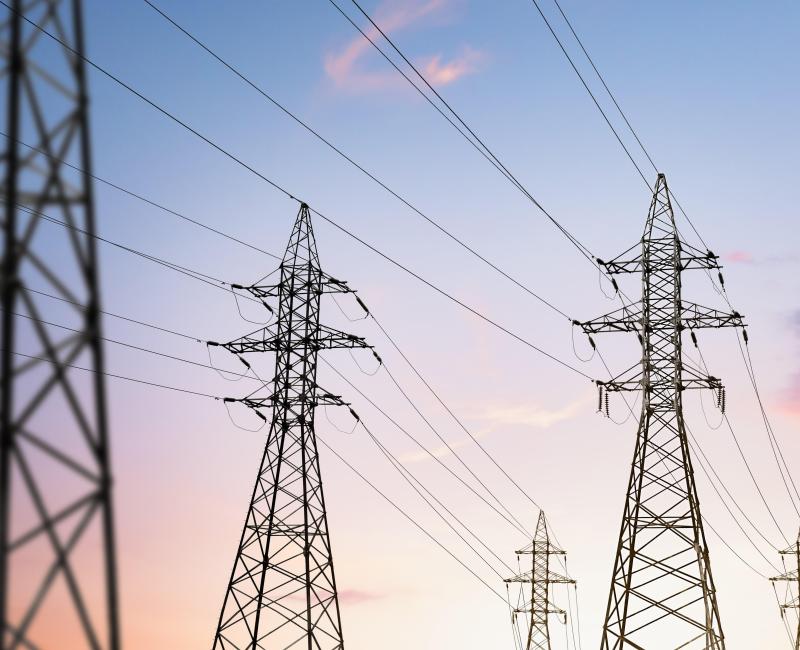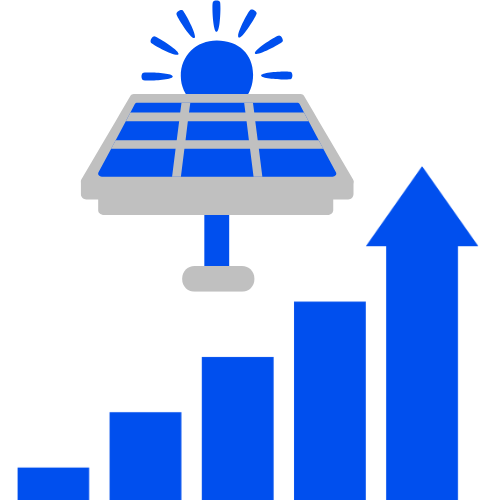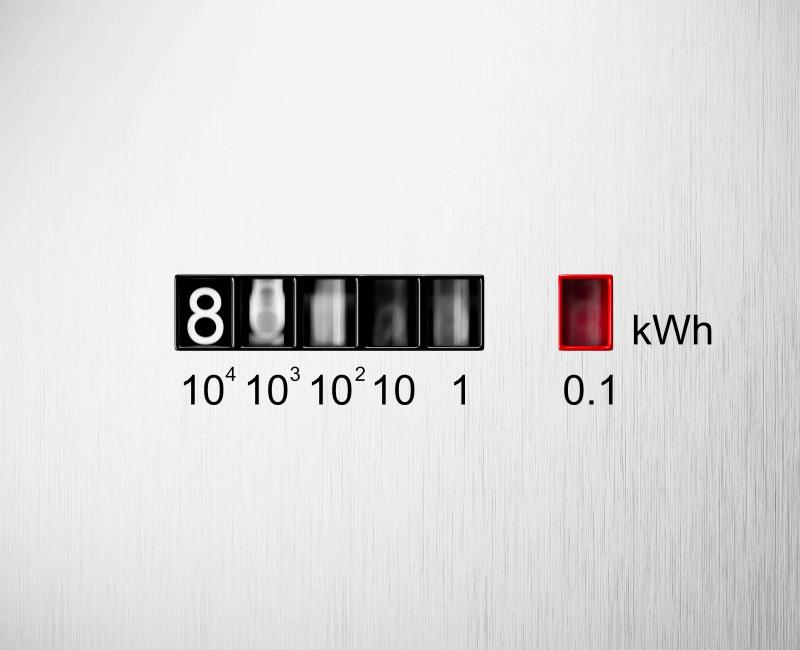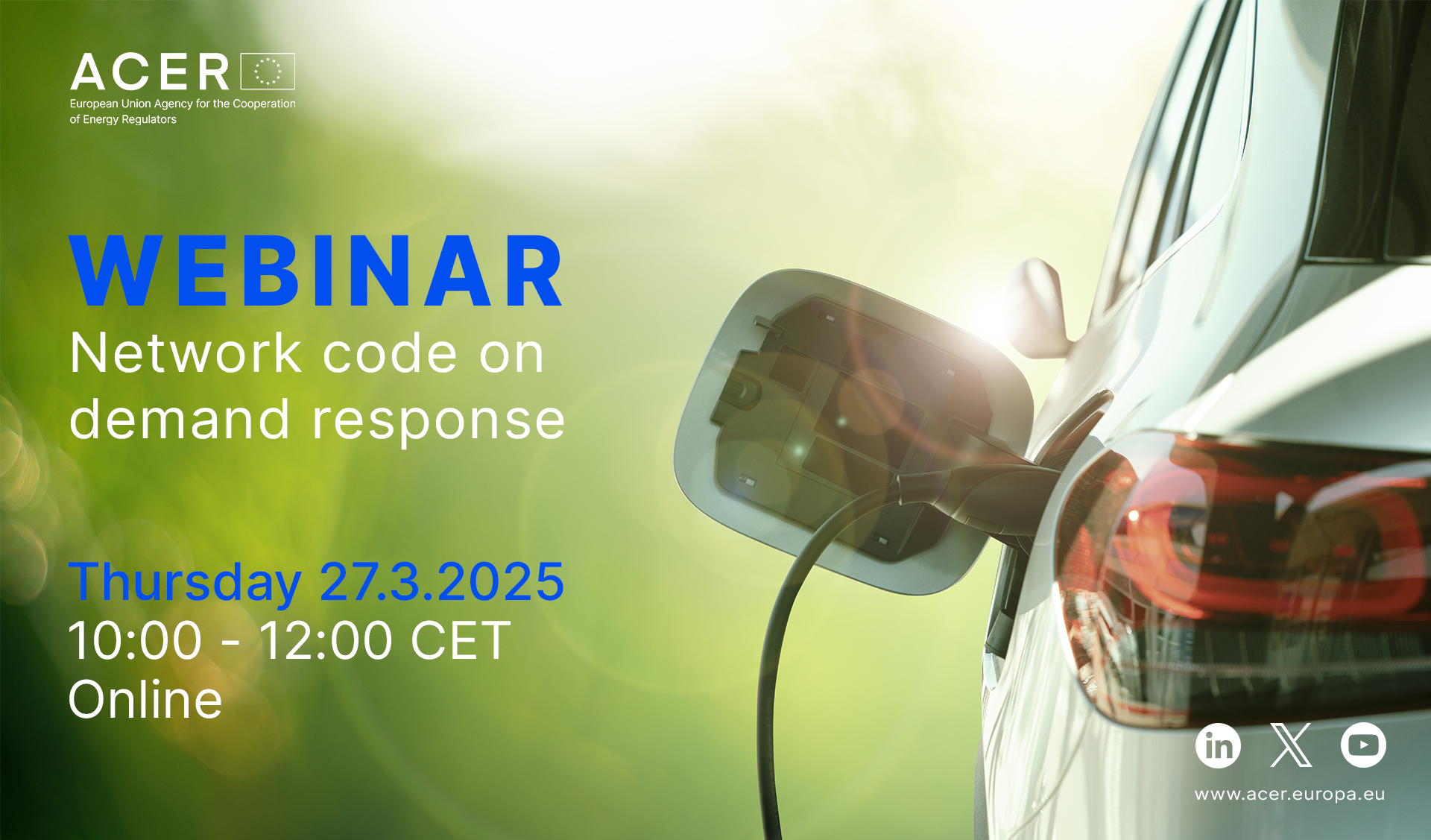ACER is gathering Power Purchase Agreement templates for EU energy markets

ACER is gathering Power Purchase Agreement templates for EU energy markets
What is it about?
In October 2024, ACER published its assessment on the need to develop Power Purchase Agreement (PPA) contract templates in the EU energy markets, concluding that existing templates, developed by industry associations and national bodies, are largely sufficient for current market needs.
To support market participants and facilitate PPA contracting, ACER has committed to gathering and publishing a list of publicly available templates on its website.
What are PPAs?
PPAs are contractual arrangements between electricity producers (often renewable energy generators) and buyers. By providing renewable electricity at mutually agreed rates, these contracts foster stability for both parties and promote renewable energy sources (RES).
Share your template!
ACER invites stakeholders to submit their PPA templates (not actual contracts), along with the following information:
- Organisation name.
- Link to the online template (do not submit PDFs or Word documents).
- Functional email address.
- Date of the last update.
- Jurisdiction, applicable legal basis and any comments.
- Language of the template.
Please submit the requested information to PPA.assessment@acer.europa.eu by 11 April 2025.
What are the next steps?
After the deadline, ACER will publish the collected templates and continue to update the list throughout the year.











